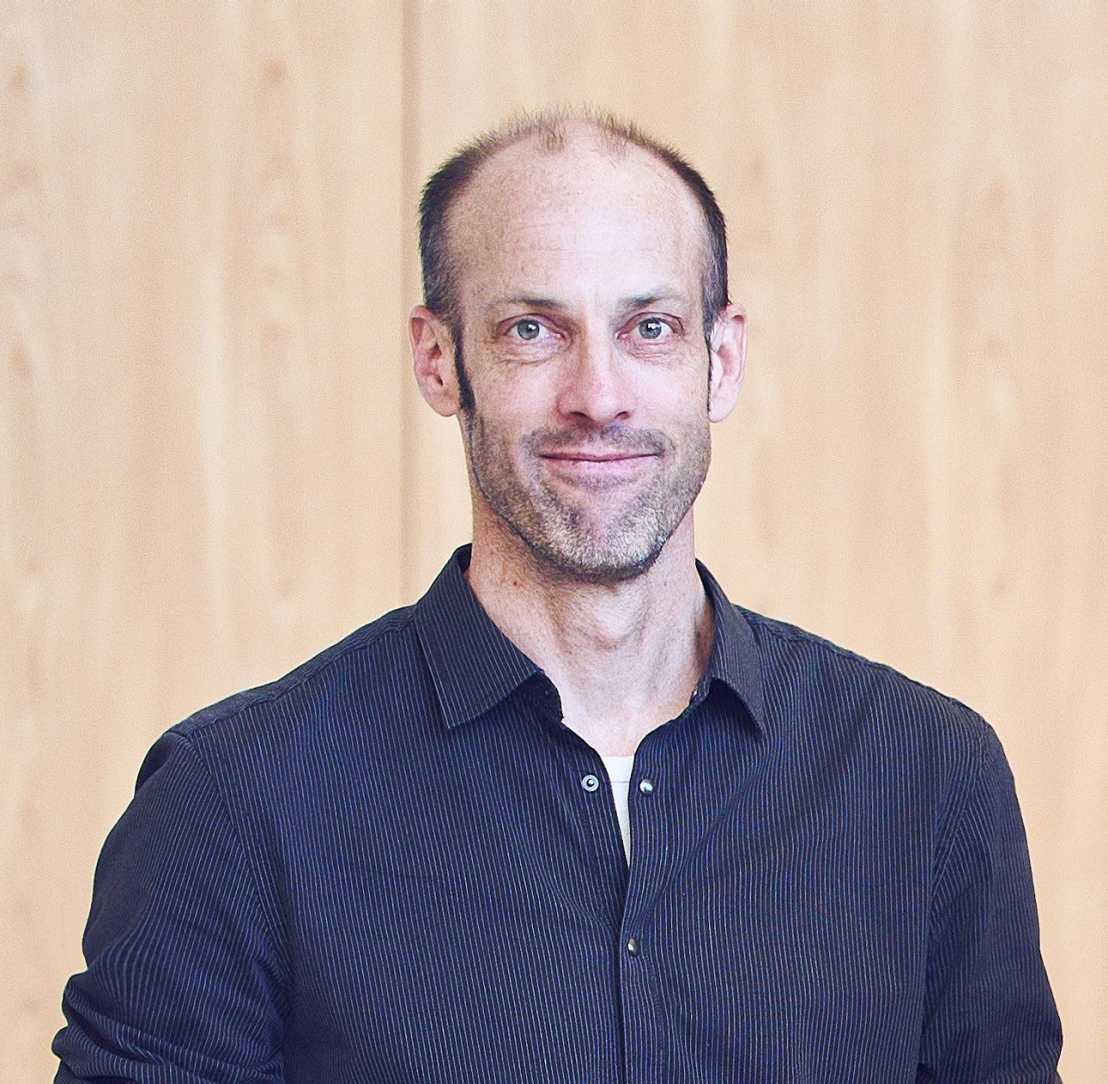
ERC Proof of Concept Grant awarded to Christian Degen
The lump sum grant will allow Degen and his group to develop a photonic integrated circuit for single-photon-emitter excitation and detection, with future commercial use in optical quantum sensing and communication.
Single-photon emitters come in various forms, from semiconductor quantum dots to nitrogen-vacancy (NV) centres in diamond, but most of them are characterised with the same technique: optical microscopy, an approach that relies on a large set of bulky free-space optical components requiring frequent alignment. In the grant-winning PHOTONCHIP project, Professor Christian Degen and his team plan to create the prototype for a millimetre-sized photonic integrated circuit (PIC) combining all capabilities required to characterise a single quantum emitter: the optical fibre interface for light detection, on-chip filters and couplers, as well as microprinted optics for efficient light collection from the emitter.

The PIC will be first tested on a microscope based on NV centres in diamond, a system which the Degen group already knows extremely well. In fact, the idea for PHOTONCHIP came from the ERC-funded project through which Degen and colleagues built an NV-centre microscope for imaging nanoscale electronic transport in two-dimensional materials such as graphene. The performance of this microscope, which operates within a cryostat at low temperatures, turned out to be heavily limited by the free-space optics. This led the group to think about more compact and robust solutions.
The team has already investigated the feasibility of the PIC described in the PHOTONCHIP project, so "the ERC Proof of Concept Grant is a great motivational booster," says Degen. The project will be led by postdoctoral researcher Eric Clot, and it will offer research opportunities for MSc students in the group. Degen also values the fruitful exchanges with other groups in the department, such as those of Professors Rachel Grange and Jonathan Home, with similar interests at the intersection of photonics and quantum technologies.